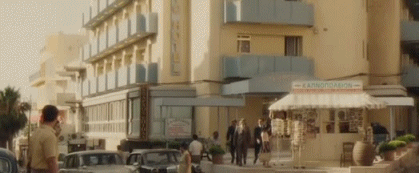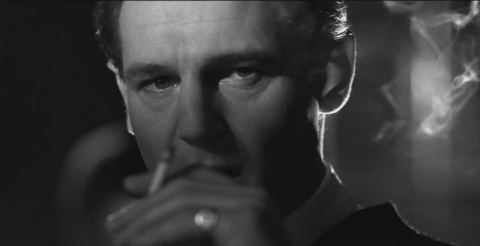SCULLIBUNDO
Banned
It also helps that he's pretty much tied John Williams to his hip, who so perfectly matches his sensibilities, its hard to see where one begins and the other ends. Popular anecdote about E.T., The film ends with a quarter-hour symphonic piece that was composed to a rough cut, after which Spielberg and editor Carol Littleton re-cut the movie around the music. The best action of the movie perfectly matches William's rousing adventurous melodies, and the big goodbye, well...I have yet to make it through without tearing up a little due to its wonderful marriage of sight and sound in sync.
https://www.youtube.com/watch?v=EDC_fppZ1Kg


